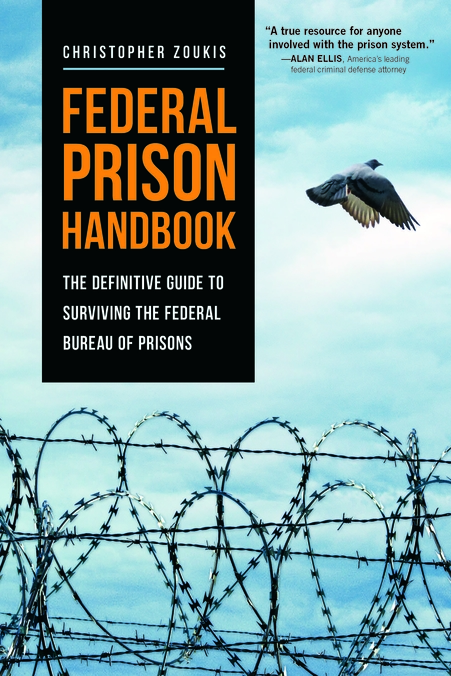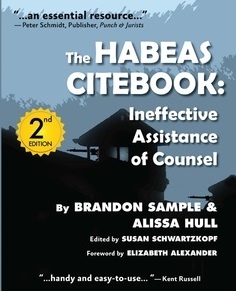Can Comics Help Juries Understand Complex DNA Evidence?
by Michael Dean Thompson
Few people possess the scientific and mathematical background needed to fully grasp the complexities of DNA evidence after just ten minutes of expert testimony. Yet jurors are routinely tasked with making life-altering decisions for defendants based on such testimony and other intricate technological issues.
Andy Ridgway, a senior lecturer in science communication at the University of the West of England, has studied this challenge. “The decisions made by juries are so vitally important, and often they’re shaped by their understanding of the forensic evidence presented,” he said. Along with colleagues, Ridgway designed a study to explore whether comics could improve jurors’ comprehension of forensic science in a fictional trial setting.
The study, published in Science Communication, involved 106 participants who watched a mock trial video. In the video, an “expert witness” testified that the defendant’s DNA had been found on a light switch in the victim’s home. Before the introduction of the comics, none of the participants considered alternative theories about how the DNA might have been transferred to the light switch. However, after viewing the comics, participants began to discuss the possibility of DNA transfer in a more nuanced and thoughtful way.
The comics, created by graphic artist Ian Williams, visually depicted scenarios such as secondary DNA transfer—where DNA is transferred indirectly, for example, through a handshake—and highlighted the limitations of forensic evidence. Discussions among those who were given the comics were more balanced and participatory compared to the control group, which exhibited misunderstandings of the science and misinterpretations of the evidence. Notably, participants who viewed the comics were more likely to question the reliability of the DNA evidence and consider alternative explanations.
Public perception of forensic science is often shaped by police procedurals on television, where guilt or innocence is determined quickly and decisively. This unreliable foundation can lend undue credibility to prosecutors in some cases, while important defense arguments may be overlooked. If comics can provide a balanced perspective on the relevant science, as this study suggests, they could become a vital tool for defense attorneys navigating these daunting topics.
Ridgway emphasized the potential of comics to bridge the gap between complex scientific concepts and lay audiences. “Comics have the ability to present information in a way that is both engaging and accessible,” he said. “They can help jurors understand the nuances of forensic evidence, which is crucial for making informed decisions.”
Source: forensicmag.com
As a digital subscriber to Criminal Legal News, you can access full text and downloads for this and other premium content.
Already a subscriber? Login





